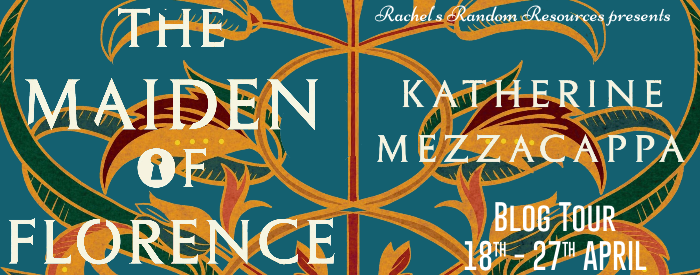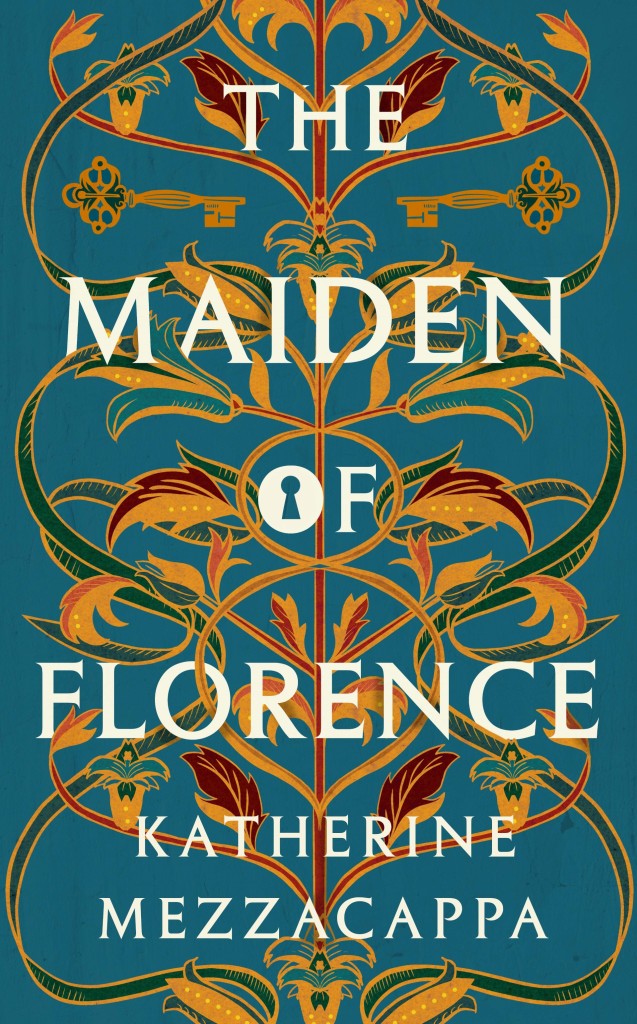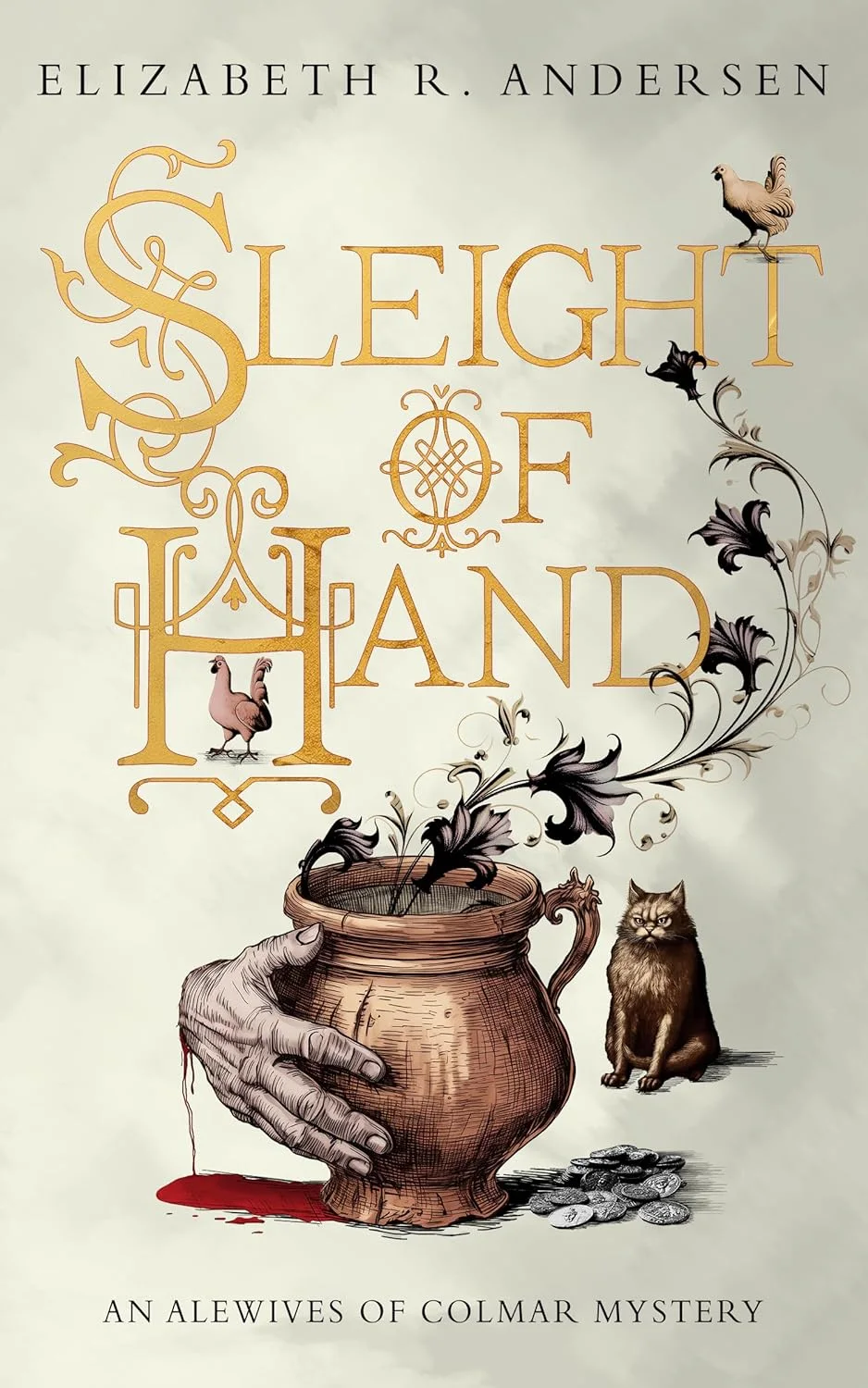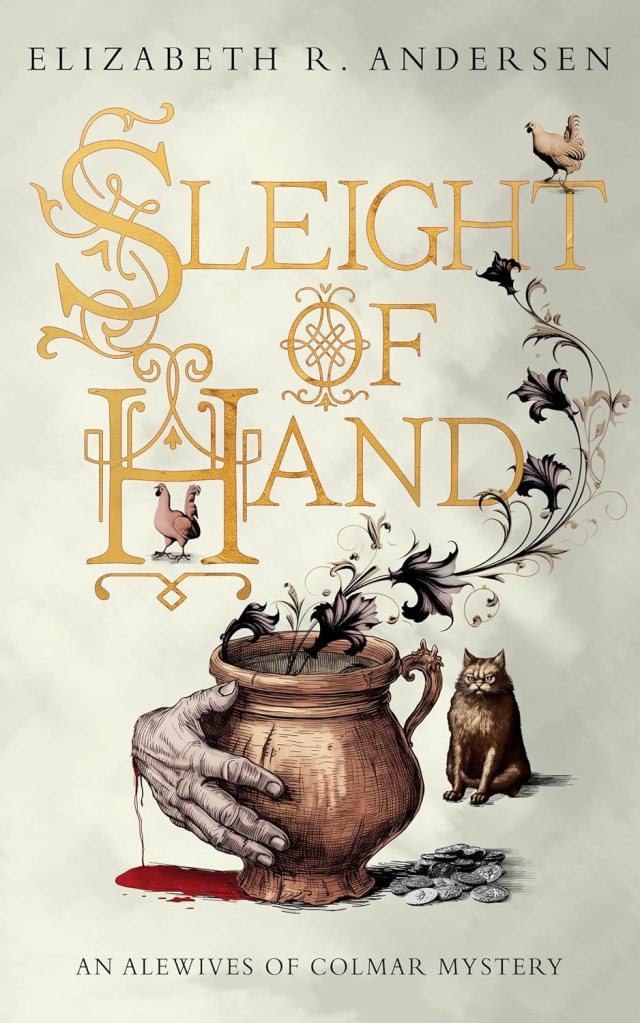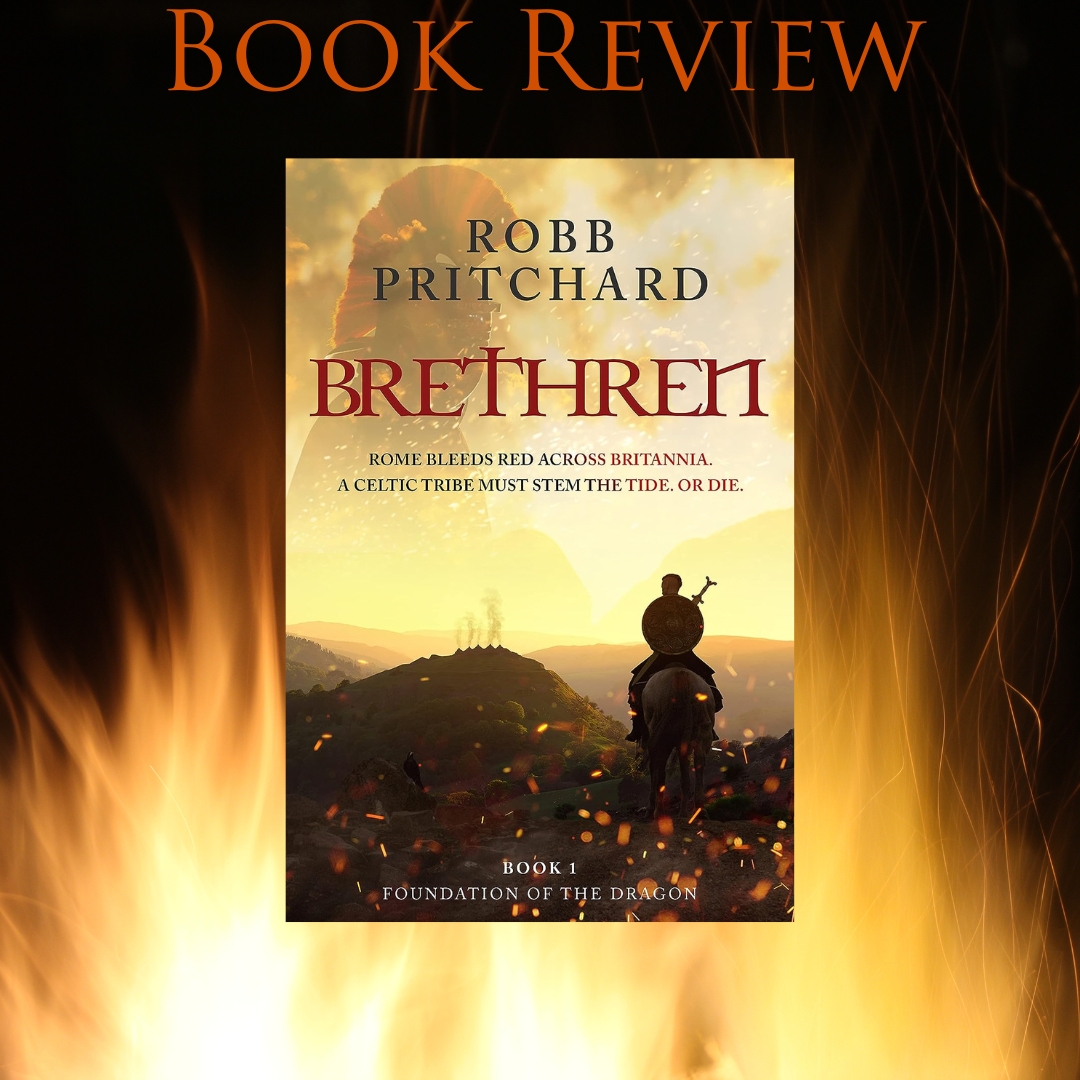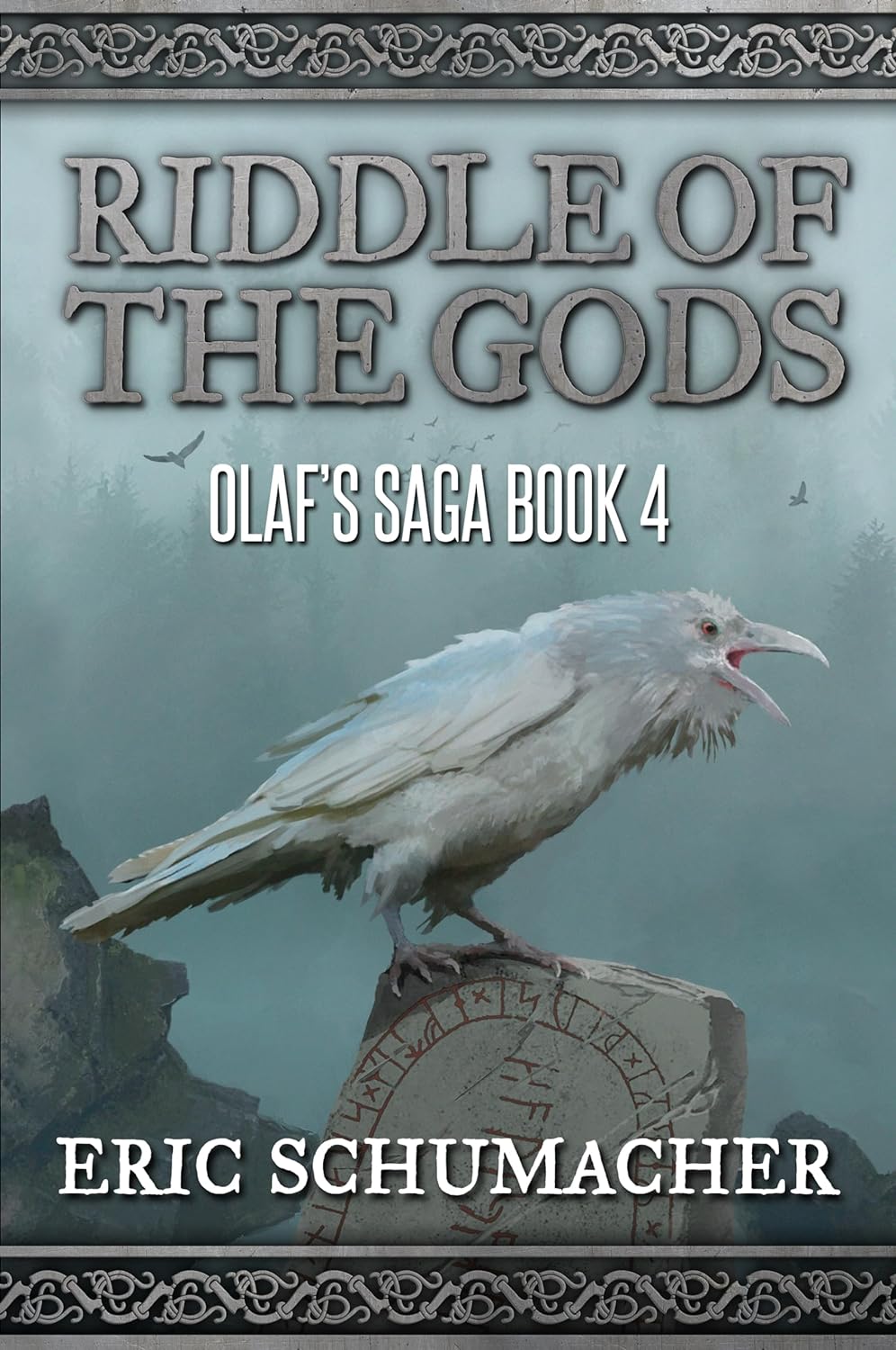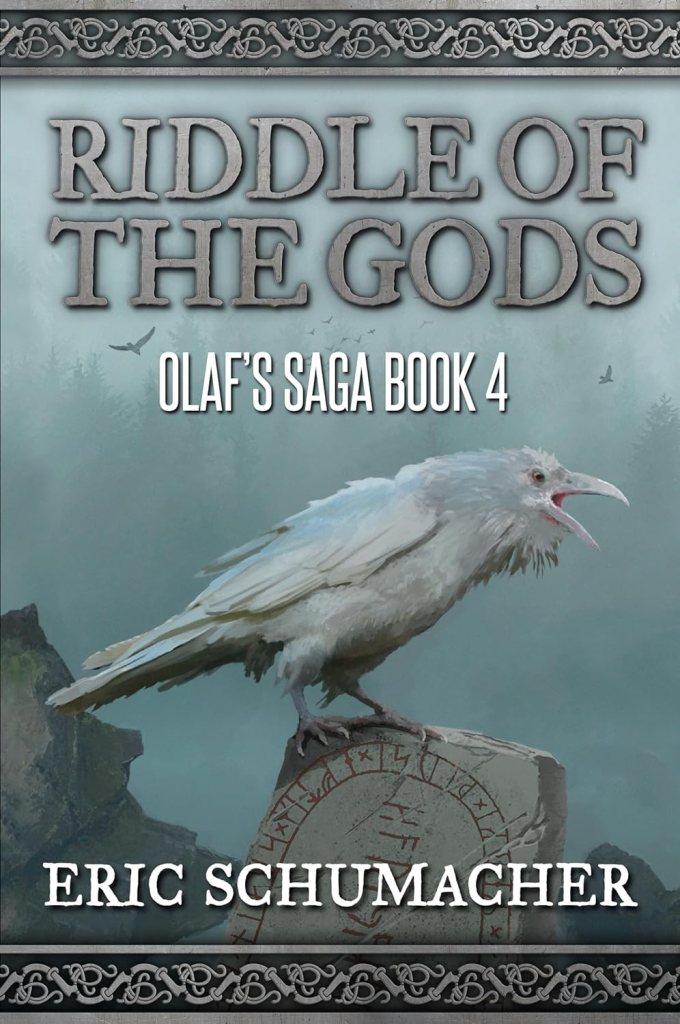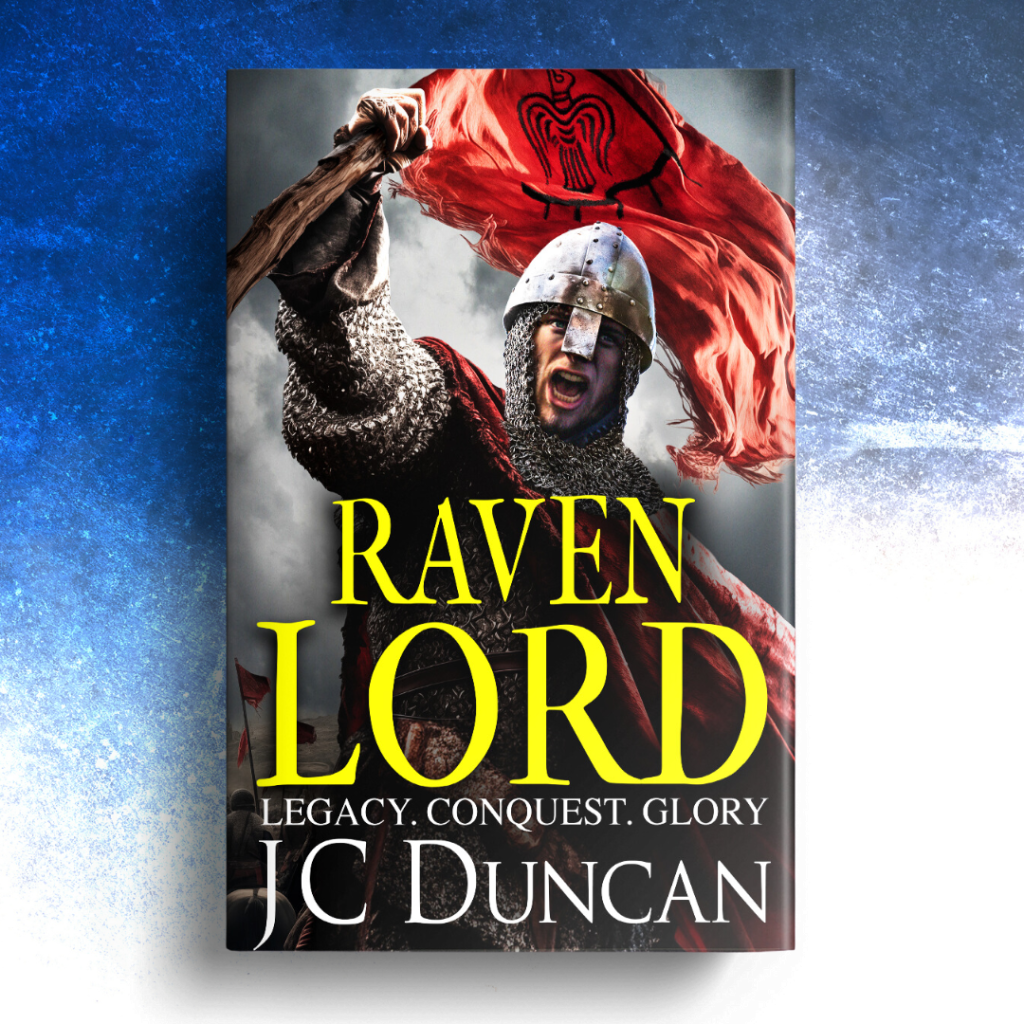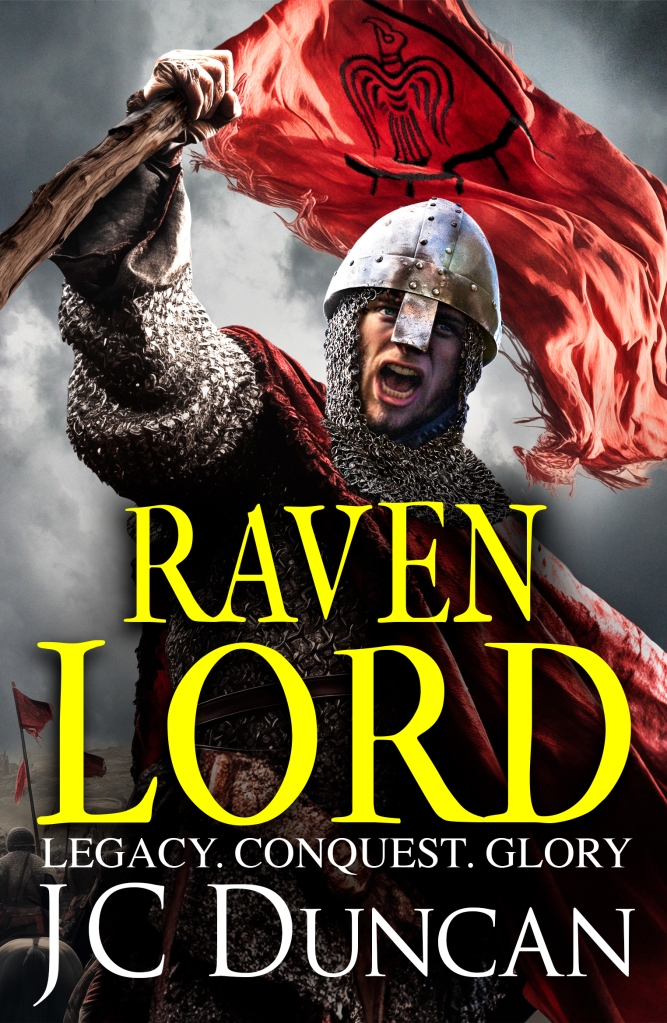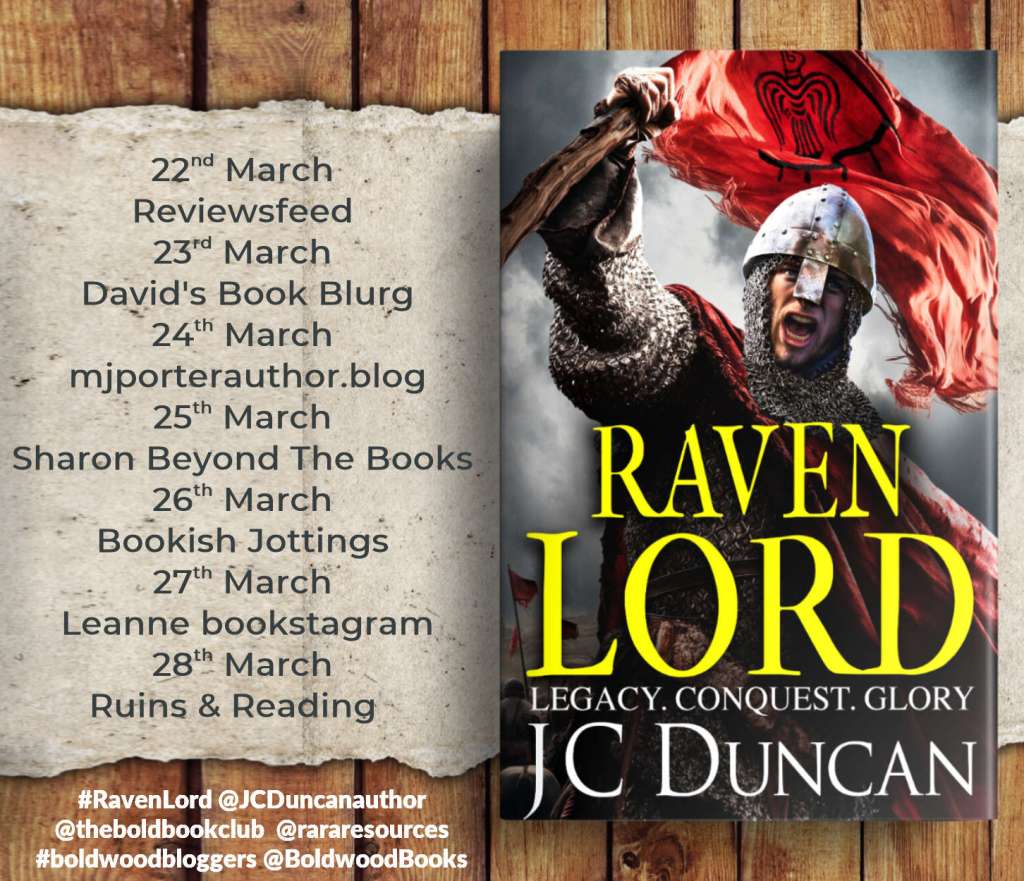Here’s the blurb
WHEN LIFE FEELS LIKE…
A TEST YOU DIDN’T STUDY FOR
When Maggie King turned sixty, she thought her life complete.
Now she’s sixty-one, and everything has gone horribly wrong.
Husband Greg has abruptly upped and left leaving Maggie bewildered. But there’s no time to question his departure because her ancient parents are all-consuming.
Once fondly referred to as the Golden Oldies, they’re now the BOBs – Bad-Tempered Old Buggers.
Sister Freya is never available to help, and Maggie is rapidly reaching the end of her tether.
She wants her life – and husband – back.
Instead, she’s trapped in what has been coined the Sandwich Generation – supporting both children and parents – except this particular sarnie is in danger of falling apart.
Maggie needs to learn that when life is like a club sandwich, it needs the best ingredients – and that includes lashings of love and some knee-trembling romance!
Purchase Links
https://www.amazon.co.uk/Maggie-Middle-poignant-moving-romantic-ebook/dp/B0CXQ4WQK4
https://www.amazon.com/Maggie-Middle-poignant-moving-romantic-ebook/dp/B0CXQ4WQK4
My Review
Wow. What a simply charming and delightful tale, not without some harrowing scenes. I’ve read a few of these sorts of novels recently, and this one is by far my favourite to date. Told with genuine warmth, just the right touch of ‘reality’ and real laugh-out-loud moments, I loved Maggie in the Middle.
Our main character, Maggie, is at an unexpected crossroads. No matter what she does, she can’t seem to win the help of her sister or even the respect of her ageing parents. Her adult children are much more understanding. What Maggie needs is a companion of the four-legged variety, and what comes with it is very unexpected.
I don’t want to spoil this delightful story. Instead, I will say that this takes quite a brutal look at the problems of caring for ageing parents, one with dementia and one who is also starting to struggle, leaving Maggie feeling helpless and worried. It very much addresses the guilt of caring for parents and not being able to do more for them, mostly because they won’t accept that assistance. As the author says, she’s embroiled in such a situation and the scenes feel vivid and real – there is, alas, no magic solution. However, interspersed with these difficult scenes are much warmer ones, offering readers hope that not all is as hopeless as we might think.
This is such a genuinely uplifting story. It doesn’t shy away from the realities it describes, but it will still fill you with hope and joy, and the humour will make you giggle out loud. Go and read it.
Meet the author
Prior to turning her attention to writing, Debbie Viggiano was, for more years than she cares to remember, a legal secretary. She lives with her Italian husband, a rescued pooch from Crete, and a very disgruntled cat. Occasionally her adult children return home bringing her much joy… apart from when they want to raid the fridge or eat her secret stash of chocolate. Tweet @DebbieViggiano or follow her on Facebook!
Connect with Debbie
TWITTER: @DebbieViggiano
FACEBOOK: www.facebook.com/debbie.viggiano.5/
INSTAGRAM: debbieviggiano














